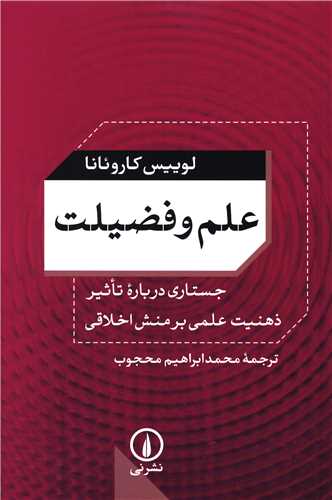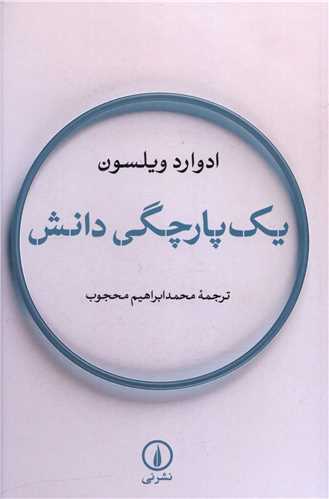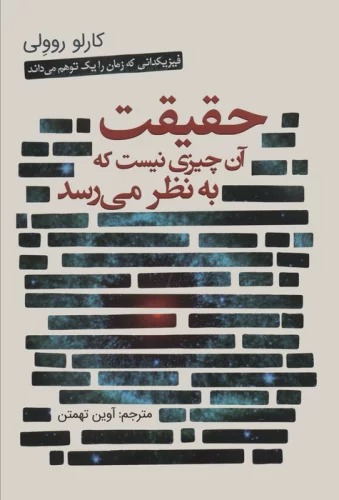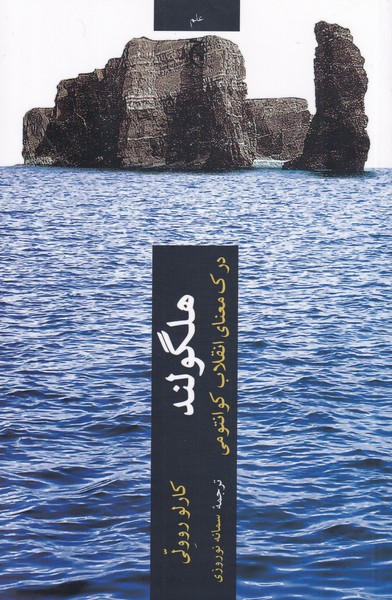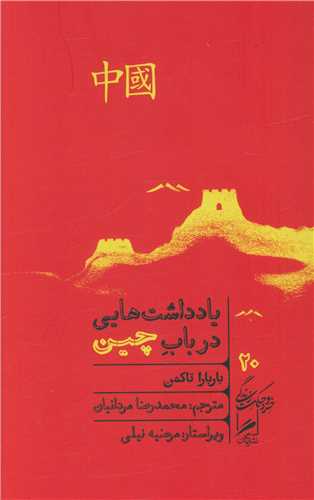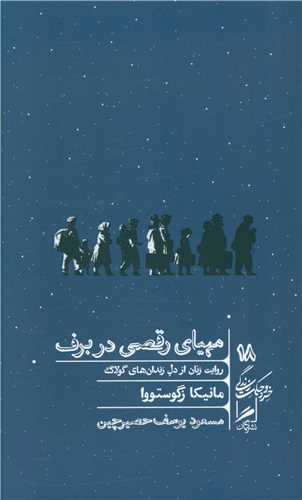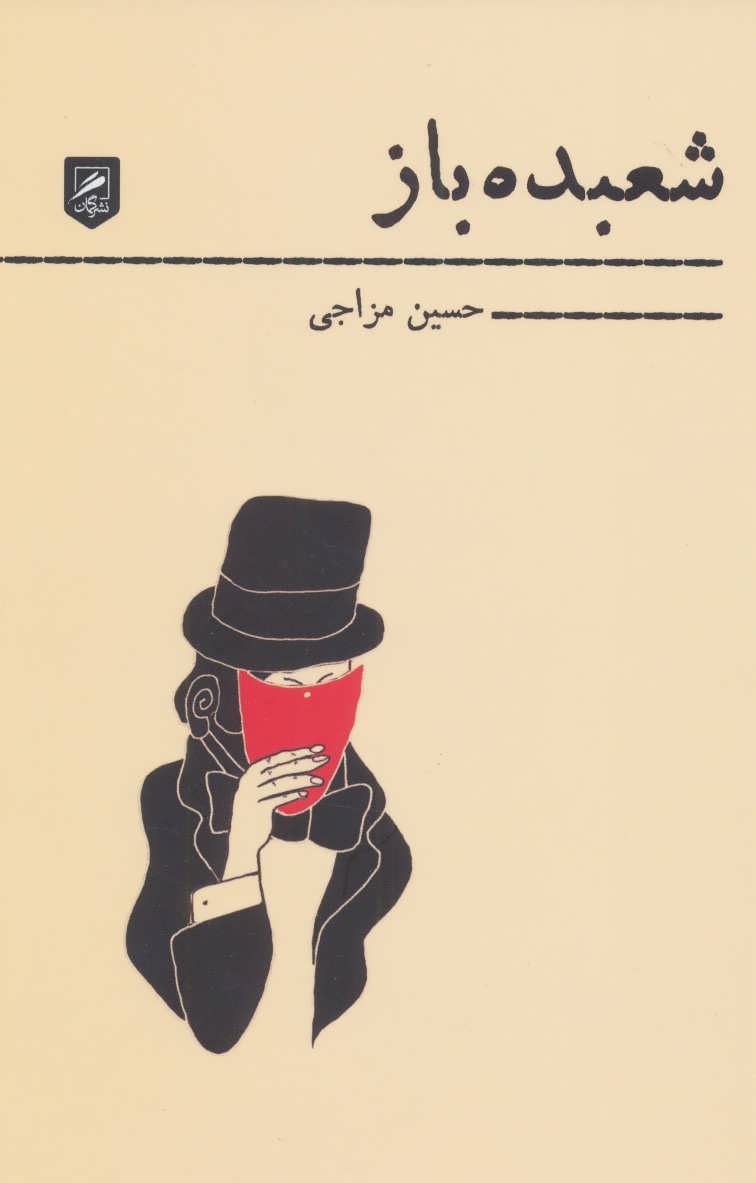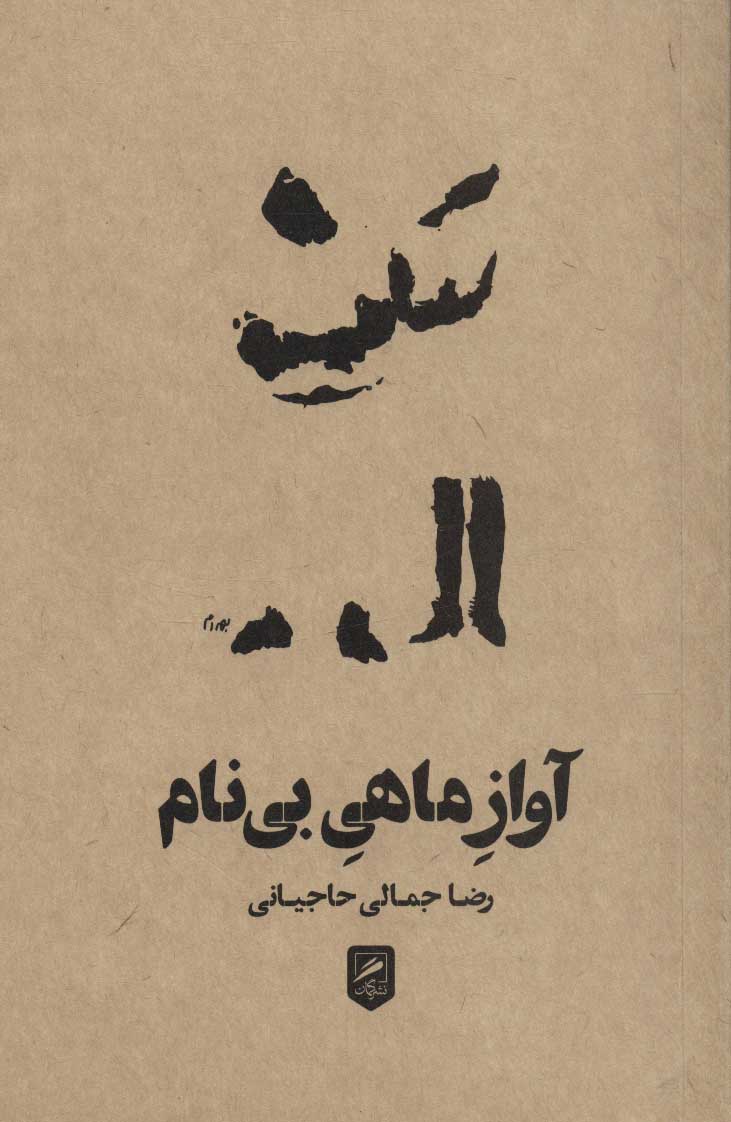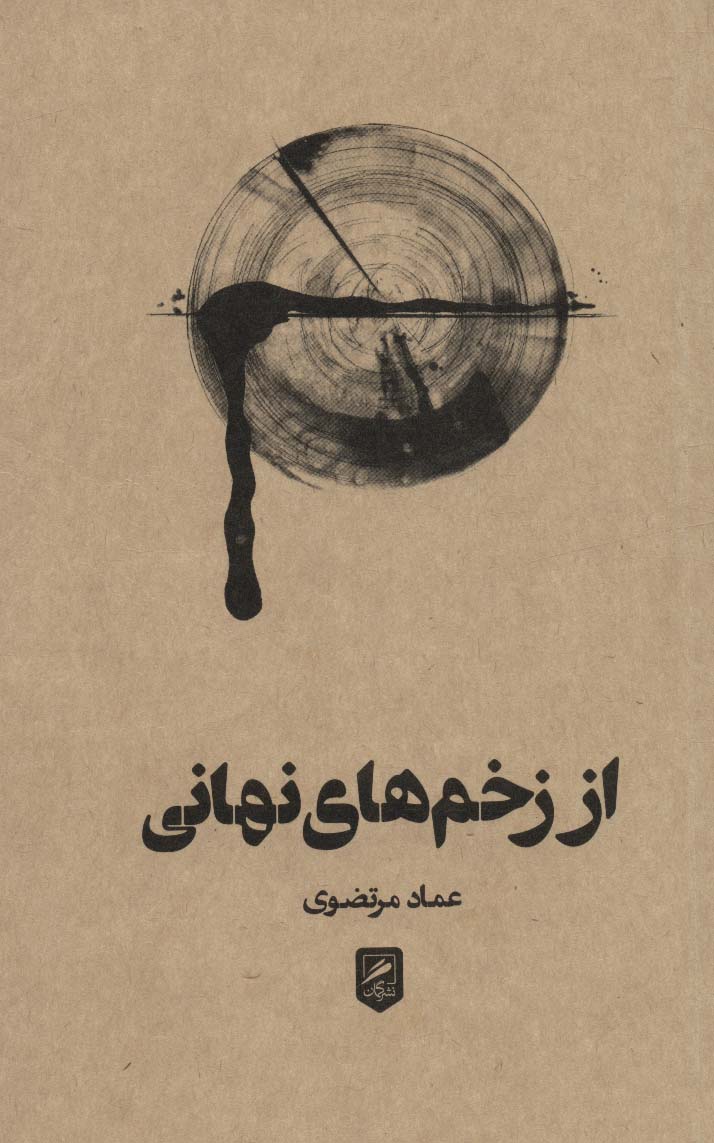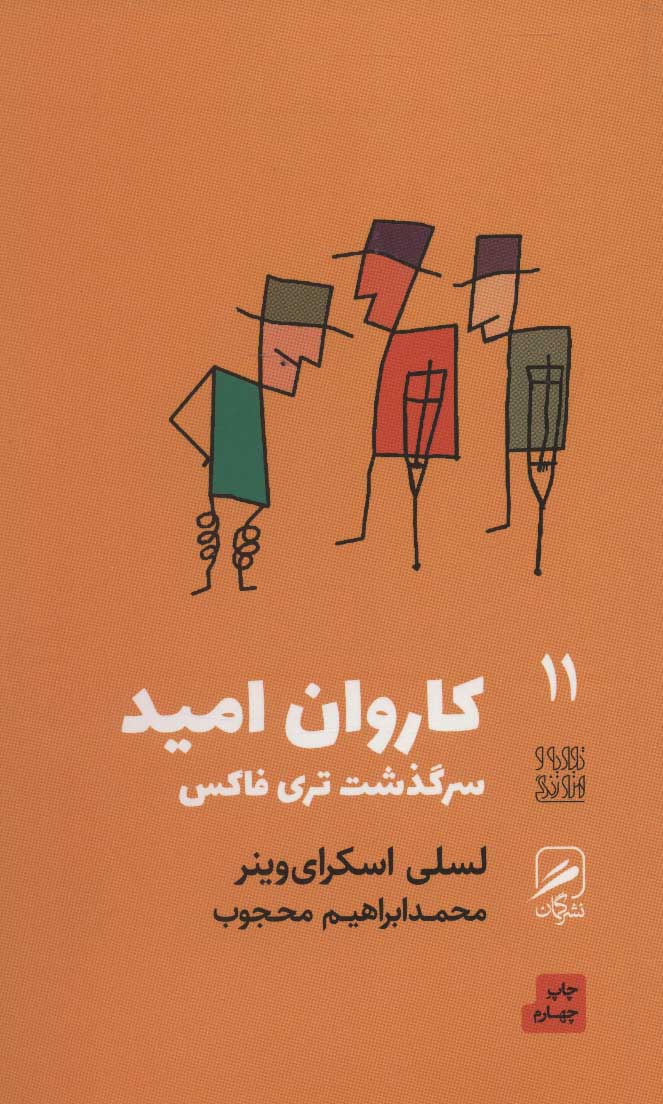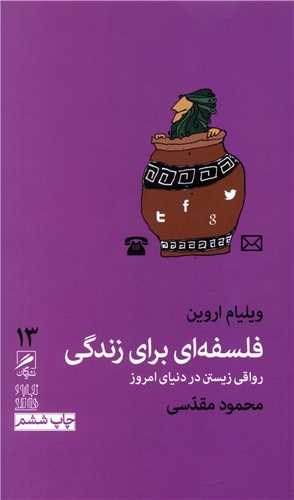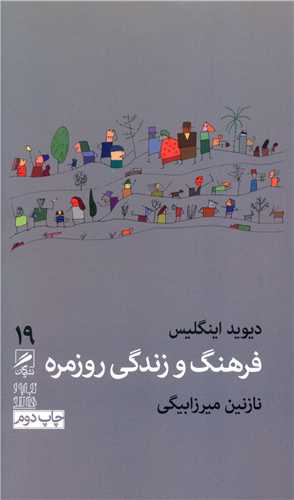Ahang-i zaman (khirad va ḥikmat-i zindigī 4): Persiska (Farsi) 1401
آهنگ زمان (خرد و حکمت زندگی 4)
18,31 $
Dela
Wishlist
Originaltitel:
The Order of Time
ISBN:
9786007289464
Översättare:
Muḥammad'ibrāhim Maḥjūb
Förlag:
Guman
Åldersgrupp:
Vuxen
Sidor:
194
Vikt:
142 g
Produktmått:
11 x 20 x 2 cm
Bokomslag:
Pocketbok
The upcoming book is written in three parts and deals with the difference between the truth of time and our belief about time. The first part deals with the hidden secret of time in our idea and the violation of unity, orientation, independence, and continuity of time; The second part is devoted to the timeless world and its structure and function, and the third part deals with the origins of time and how to adapt the world we have become accustomed to with the new world.
An excerpt from the book
When clocks measure, it is "quantified"; Which means that it can only accept certain values, not any value; As if time is granular, and not continuous. The most special feature of quantum mechanics, which takes its name from "quanta" meaning elementary grains, is minuteness. There is a minimum scale for every phenomenon. This scale is called "Planck's scale" in gravitational fields. The numerical size of the Planck scale can be calculated very easily: it is enough to combine the constant parameters that determine the characteristics of the phenomena in the framework of relativity, gravity, and quantum mechanics. Thus, the Planck scale is equal to the value of 44-10 seconds. That is, if we first divide a second into a trillion pieces, then divide each resulting piece into a trillion smaller pieces, and each smaller piece into a trillion particles, and divide each particle into a hundred million components, then each component will be equal. with a Planck time scale. Planck time is very short, much shorter than what modern clocks can measure. This smallness is such that it is not surprising if we come to the conclusion that "in those depths", in such scaling, the concept of time is no longer valid. Why "have?" Nothing can remain valid everywhere and at all times. Sooner or later we always come across something new.
more
کتاب پیش رو در سه بخش نگاشته شده و به تفاوت موجود میان حقیقتِ زمان و باور ما از زمان پرداخته است. بخش یکم به رازِ نهفتۀ زمان در پندار ما و نقض یگانگی، جهتمندی، استقلال و پیوستگی زمان پرداخته؛ بخش دوم به عالمِ بی زمان و ساختار و عملکرد آن اختصاص یافته و بخش سوم به سرچشمه های زمان و چگونگی سازگاری میان جهانی که به آن خو گرفته ایم با جهان نو پرداخته است.
گزیده ای از کتاب
زمانی که ساعت ها اندازه می گیرند «تسویر» (Quantified) شده است؛ یعنی فقط مقادیر معینی را می تواند اختیار کند، نه هر مقداری را؛ گویی زمان دانه دانه است، و نه پیوسته. خاص ترین ویژگیِ مکانیک کوانتومی، که نامش را از «کوانتا» به معنای دانه های اولیه می گیرد، ریزدانگی است. برای هر پدیده ای یک مقیاس کمینه وجود دارد. این مقیاس در میدان های گرانشی «مقیاس پلانک» نام گرفته است. اندازۀ عددیِ مقیاس پلانک را می شود خیلی راحت محاسبه کرد: کافی است پارامترهای ثابتی را که مشخصات پدیده ها را در چارچوب نسبیت، گرانش، و مکانیک کوانتومی معین می کنند با هم ترکیب کنیم. بدین ترتیب مقیاس پلانک برابر می شود با مقدار 10-44 ثانیه. یعنی اگر یک ثانیه را ابتدا به تریلیون تکه تقسیم کنیم، بعد هر تکۀ حاصل را به یک تریلیون تکۀ کوچکتر، و هر تکۀ کوچکتر را باز به یک تریلیون ذره، و هر ذره را به صد میلیون جزء تقسیم کنیم آنگاه هر جزء برابر می شود با یک پلانک در مقیاس زمانی. زمان پلانک خیلی کوتاه است، بسی کوتاه تر از مقداری که ساعت های امروزی قادر به اندازه گیریِ آن باشند. این کوچکی چنان است که جای شگفتی نیست اگر به این نتیجه برسیم که «در آن اعماق»، در چنان مقیاس ریزی، دیگر مفهوم زمان اعتباری ندارد. چرا «داشته باشد؟» هیچ چیزی نمی تواند در همه جا و در همه حال معتبر بماند. دیر یا زود همواره با چیز جدیدی رو به رو می شویم.
more



